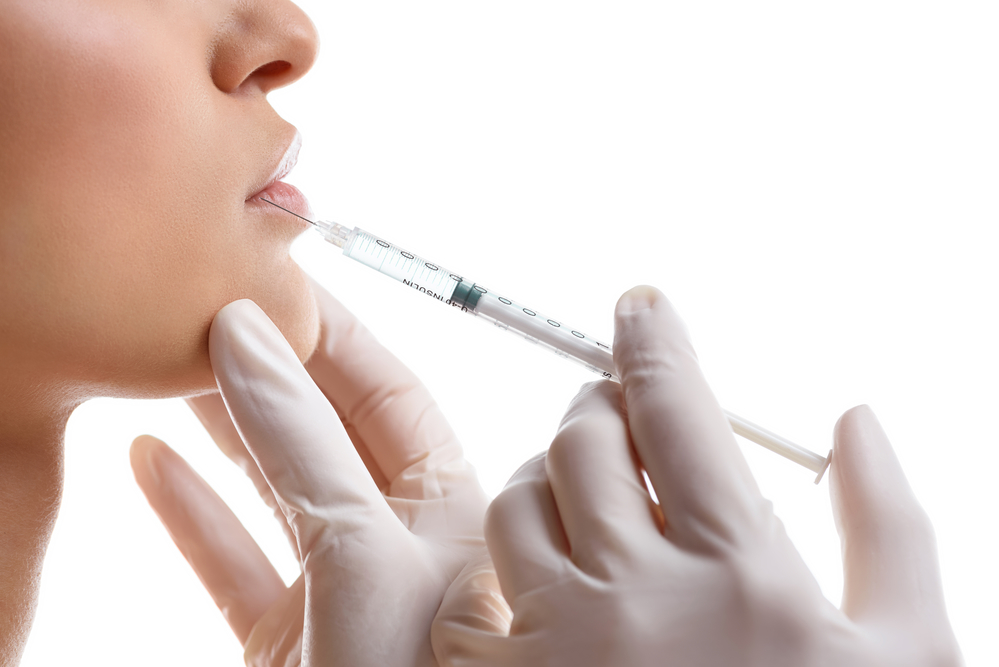Teeth Whitening for the Holidays
The holiday season is just around the corner, meaning parties, family gatherings, and lots of photos. As you plan your outfits and get ready to reconnect with loved ones, you...

TMJ is a common issue that occurs when the temporomandibular joint becomes inflamed. Often triggered by arthritis, trauma to your jaw, or teeth grinding, TMJ can cause severe pain and even the ability to open the mouth in cases. While there are many different treatment options for TMJ, one alternative therapy option is proven to be the most successful. Many patients who have had little success with conservative TMJ treatments have experienced exceptional results with Botox.
When the temporomandibular joint (TMJ) is overworked, displaced, or inflamed, sharp jaw pain and tension headaches soon follow suit. Botox relieves jaw tension by making the muscles unable to engage in the powerful and often unconscious movement of the jaw that produces headaches and discomfort. Most patients experience noticeable improvement within one or two days after Botox is administered. Botox injections are a non-surgical procedure performed right in our dental office with no downtime required.
The TMJ is located on both sides of the head at the point where the jawbone meets the skull. Your TMJ is used for everyday activities, including talking, eating, and swallowing. If the joint becomes displaced or is overworked as a result of excessive teeth grinding, a person may suffer severe tension headaches and sharp jaw pain.
Common symptoms of TMJ include:
Botox is one of the safest medications that can be administered. One of the most significant advantages of Botox is that it can successfully treat target-specific areas without affecting normal functions, including speaking, swallowing, and biting. Botox allows you to alleviate and reduce pain and discomfort in a safe way. Successfully managing your TMJ can also prevent serious dental issues from occurring. If left untreated, TMJ can contribute to gum disease, tooth decay, and tooth loss.
The FDA approved the use of Botox for eye muscle conditions in 1989. Later, in 2002, the treatment was then approved for correcting facial wrinkles. Throughout the years, Botox has been approved and successful as an effective treatment for patients who experience migraines, eyelid spasms, muscle stiffness, overactive bladder, and more.
After the Botox injection, TMJ muscle tenderness will begin to dissipate almost immediately. You may experience mild, temporary bruising, numbness, or redness around the injection sites. Because Botox injections are non-surgical and non-invasive, it is highly likely that you will be able to return to normal activities immediately. However, to avoid spreading the injection to other muscles, avoid rubbing or massaging the injection area and remain upright for the first few hours following your treatment.
Some of the significant benefits TMJ sufferers report after botox treatments include:
If you are experiencing pain related to TMJ and you haven’t had results with other treatments, it’s time to talk to your dentist about Botox. Dr. Aubrey Baudean DDS can help you to decide if Botox is the right treatment option for your symptoms. Call to schedule a consultation appointment today and say goodbye to jaw pain.